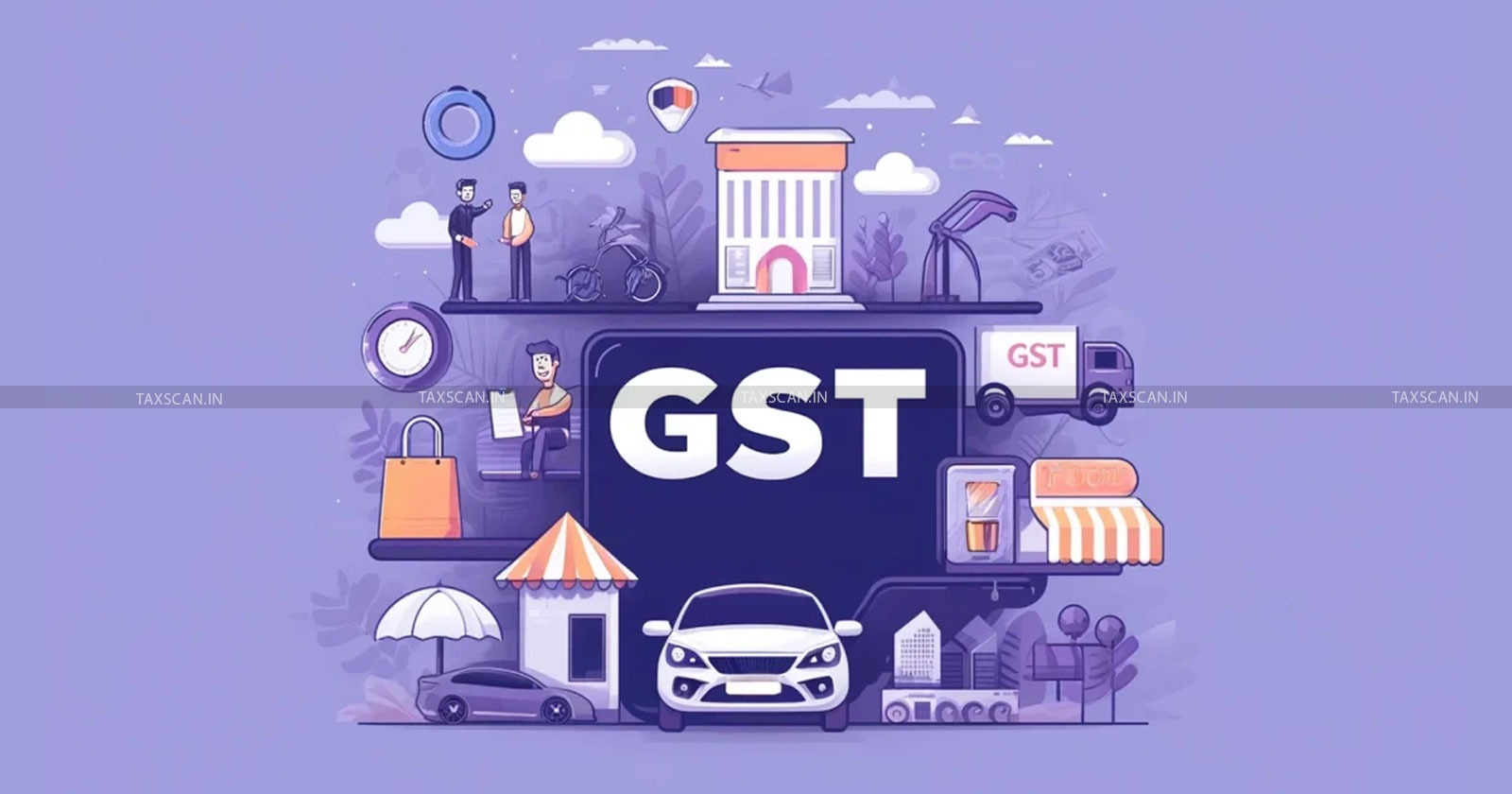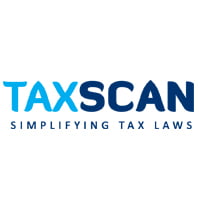Important GST Terms Every Business Owner should be aware of
Ensure seamless business operations with a grasp of key GST concepts. This article breaks down essential GST terminology every business owner should be aware of

India's business environment experienced an exciting shift on July 1, 2017, when the Goods and Services Tax (GST) was implemented. This historic change replaced a complex system of multiple indirect taxes with a single tax structure (One Nation, One Tax), significantly impacting pricing, compliance, and operational effectiveness. The goals of the GST were to make doing business easier across the nation, encourage transparency, and unify the tax system.
Since GST plays such an important role in the economy, every business owner must be aware of some GST-related terms. Understanding these words not only helps to assure compliance but also helps to optimize tax liabilities and navigate the GST framework's intricacies. This article will go over important GST phrases that every business owner should be familiar with to efficiently manage their operations under the current tax system.
Complete Draft Replies of GST ITC Related Notices, Click Here
CGST (Central Goods and Services Tax):
Central Goods and Services Tax (CGST) is a tax imposed by the central government on the supply of goods and services within a state in India.
SGST (State Goods and Services):
SGST is a tax levied by state governments on the supply of goods and services within a single state in India. When a transaction occurs within a single state, both CGST and SGST are levied, allowing the central and state governments to collect their respective shares of the tax revenue.
IGST (Integrated Goods and Services Tax):
IGST is a tax levied by the center on the inter-state supply of goods and services in India.
UTGST (Union Territory Goods and Services Tax):
UTGST is the tax levied by the union territory on the supply of goods and services within the Union Territories of India.
Aggregate Turnover:
Aggregate turnover means the aggregate value of all taxable supplies (excluding the value of inward supplies on which tax is payable by a person on a reverse charge basis), exempt supplies, exports of goods or services or both, and inter-state supplies of persons having the same Permanent Account Number, to be computed on all India basis but excludes central tax, State tax, Union territory tax, integrated tax and cess.
Composite & Mixed Supply:
- Composite Supply: A composite supply is made up of two or more naturally bundled supplies of commodities, services, or both that are provided at a single price. The principal supply is the main supply that constitutes the essence of the composite supply. E.g.: Charger Supplied along with mobile phones.
- Mixed Supply: Two or more supplies of commodities, services, or both that are not naturally combined and can be supplied independently together constitute a mixed supply. Still, they are provided at a single price. E.g.: Gift box containing chocolates, cards, etc.
Mixed and Composite Supplies are taxed differently. A Mixed Supply, which consists of two or more separate supplies, is taxed at the rate of the supply that attracts the highest tax rate. In contrast, a Composite Supply, which has a principal supply, is taxed at the rate applicable to the principal supply.
Complete Draft Replies of GST ITC Related Notices, Click Here
Composition Levy Scheme:
The composition scheme is a scheme for payment of GST available to small taxpayers whose aggregate turnover in the preceding financial year did not cross Rs 1.50 Cr in the case of goods (R 75 Lakh in the case of Uttarakhand and 7 North Eastern States) in the previous financial year, may opt for this scheme.
The composition Levy scheme has been made available for suppliers of services having an Aggregate Annual Turnover in the preceding FY up to R 50 Lakh.
Digital Signature Certificate (DSC):
DSC is an electronic signature used for authenticating the identity of taxpayers while interacting with the GST portal. Any person registered on the Authorized Person tab of the GST Common Portal for an enterprise can sign and file GST on behalf of that enterprise, using a digital signature certificate (DSC).
Domestic Tariff Areas & Special Economic Zone:
- Domestic Tariff Areas (DTA) are places in India that are not classified as Special Economic Zones. DTAs preserve conventional tax arrangements that apply to the overall economy.
- Special Economic Zone or SEZ is a geographical area that is subject to certain economic rules that are quite different from the rest of the country. These zones are considered to be foreign territory for tax purposes even though they are located within the country. Businesses operating in SEZs get significant tax benefits. This unique status allows the SEZs to work under more lenient laws which are provided to attract foreign investment and enhance economic development.
Exempt Supply:
Exempted supplies are those goods and services that don’t fall under the GST regime and aren’t included in your GST return.
E-Way Bill:
An e-way bill is a digital document required for the transportation of goods worth more than ₹50,000 within India. It's essentially a permit that allows the movement of goods from one place to another.
An E-way bill contains all the necessary details, which include the GSTIN number, Invoice, Value of Goods, details of place of delivery, HSN code, etc.
GSTIN (Goods and Services Tax Identification Number):
The Goods and Services Tax Identification Number or GSTIN is a 15-digit number that is assigned to every person or business entity registered under the GST regime in India. This code helps in tax collection and also acts as a way of identifying the taxpayers.
GST Suvidha Provider:
The term (GSP) describes a third-party application that lets taxable individuals access the GST portal more effectively by being more customer-focused and user-friendly.
Complete Draft Replies of GST ITC Related Notices, Click Here
HSN CODE (Harmonized System of Nomenclature):
It is a six-digit code designed by the World Customs Organization (WCO) to classify and identify products around the world. This uniform approach makes it easy to track commerce and collect the appropriate taxes. The Harmonized System of Nomenclature (HSN) framework is comprised of 21 sections, which are further divided into 99 Chapters. These Chapters are then categorized into 1,244 Headings, and subsequently, into around 5,224 Sub-headings.
- ITC-HS CODE: (Indian Trade Classification based on Harmonized System of Coding): India, as a member of the World Customs Organization (WCO), has refined its goods classification system for imports and exports by introducing the Indian Trade Classification based on Harmonized System of Coding (ITC-HS). To enhance precision, India added two more digits to the standard 6-digit HS Code, resulting in an 8-digit code. While the ITC-HS code closely resembles the HS Code, it differs in the last two digits, providing a more specific classification.
The first two digits identify the Chapter, the next two digits specify the Heading. The following two digits denote the Subheading. Finally, the last two digits indicate the Tariff Item.
Input Tax Credit (ITC):
The Input Tax Credit (ITC) allows registered businesses to use the tax they pay on purchases to decrease their tax burden when they sell. This effectively avoids double taxation and reduces their overall tax burden.
Certain expenses are not eligible for GST input tax credit, including motor vehicles for personal use, food and beverages, outdoor catering, health services, membership fees, employee travel benefits, and goods or services for personal consumption. GST credit also cannot be claimed on lost, stolen, or destroyed goods, or those given away as free samples or gifts.
The deadline to claim ITC is the earlier of two dates: either November 30th of the subsequent financial year or the date of filing the annual GST returns in Form GSTR-9 for that financial year.
Services Accounting Code (SAC):
A Service Accounting Code is a 6-digit code that is assigned to various services under GST, bringing uniformity and simplicity to service taxation. By doing so, SAC enables effortless identification, and standardized tax practices, facilitating accurate GST calculations.
Tax Deducted at Source (TDS):
It is a system where the payer deducts a portion of the payment as tax and deposits it to the government.
E.g.: Interest, Commission, Rent, etc.
Tax Collected at Source (TCS):
TCS, or Tax Collected at Source, refers to a tax that sellers collect from buyers at the time of a transaction.
The tax deducted or collected at the source can be credited to the Central Government either Electronically or Physically by using by furnishing the Challan 281 in the authorized bank branch.
TAN (Tax Deduction and Collection Account Number):
It is a 10-digit alpha-numeric code issued by the Income Tax department to all persons entrusted with collecting/ deducting tax from the source. TAN should be quoted in every correspondence related to TDS and TCS.
Reverse Charge Mechanism (RCM):
The Reverse Charge Mechanism (RCM) in GST is a system where the recipient of goods or services, rather than the supplier, is responsible for paying the applicable GST to the government. The government introduced this mechanism to ensure transparency and accountability in the taxing environment.
The Reverse Charge Mechanism (RCM) applies in two main scenarios:
- Purchases from Unregistered Suppliers: When a registered business buys goods or services from a supplier who is not registered under GST.
- Specified Goods and Services: RCM applies to certain goods and services as notified by the government (section 9(3) of CGST Acts) such as goods transport agency services, legal services, rent-a-car services, and manpower supply services.
Zero-Rated Supply:
Refers to the supply of goods and/or services that are exempt from GST, including exports, as well as supplies made to Special Economic Zones (SEZs).
Complete Draft Replies of GST ITC Related Notices, Click Here
Conclusion:
The Indian business landscape has been completely transformed by the Goods and Services Tax (GST), and businesspeople must grasp its complexities to successfully negotiate this new environment. Business owners can optimize tax liabilities, guarantee smooth compliance, and make wise decisions to spur growth by being familiar with important GST concepts. Businesses need to remain flexible and adjust to new requirements as the GST regime develops. They can open up new doors, improve operational effectiveness, and support India's economic growth by doing this. Additionally, having a thorough understanding of GST jargon can help companies manage cash flows, negotiate with suppliers more effectively, and reduce risks. In the end, having an understanding of GST is now essential for companies hoping to prosper in the post-GST environment. By embracing this new reality and staying ahead of the curve, business owners can unlock the full potential of their businesses and propel India's economy toward greater heights.
Support our journalism by subscribing to Taxscan premium. Follow us on Telegram for quick updates


